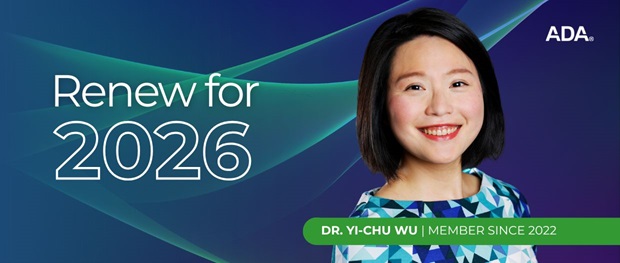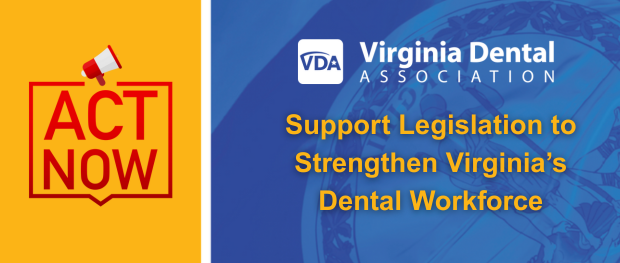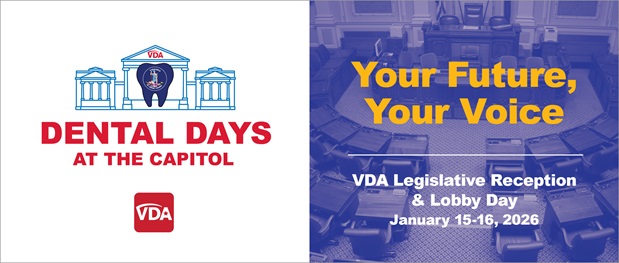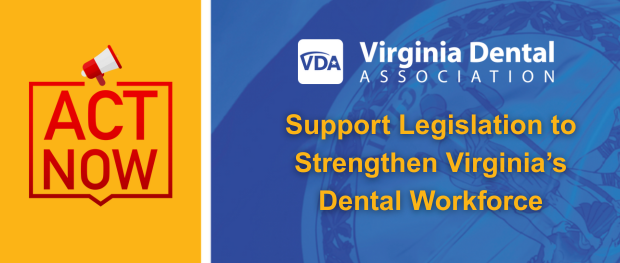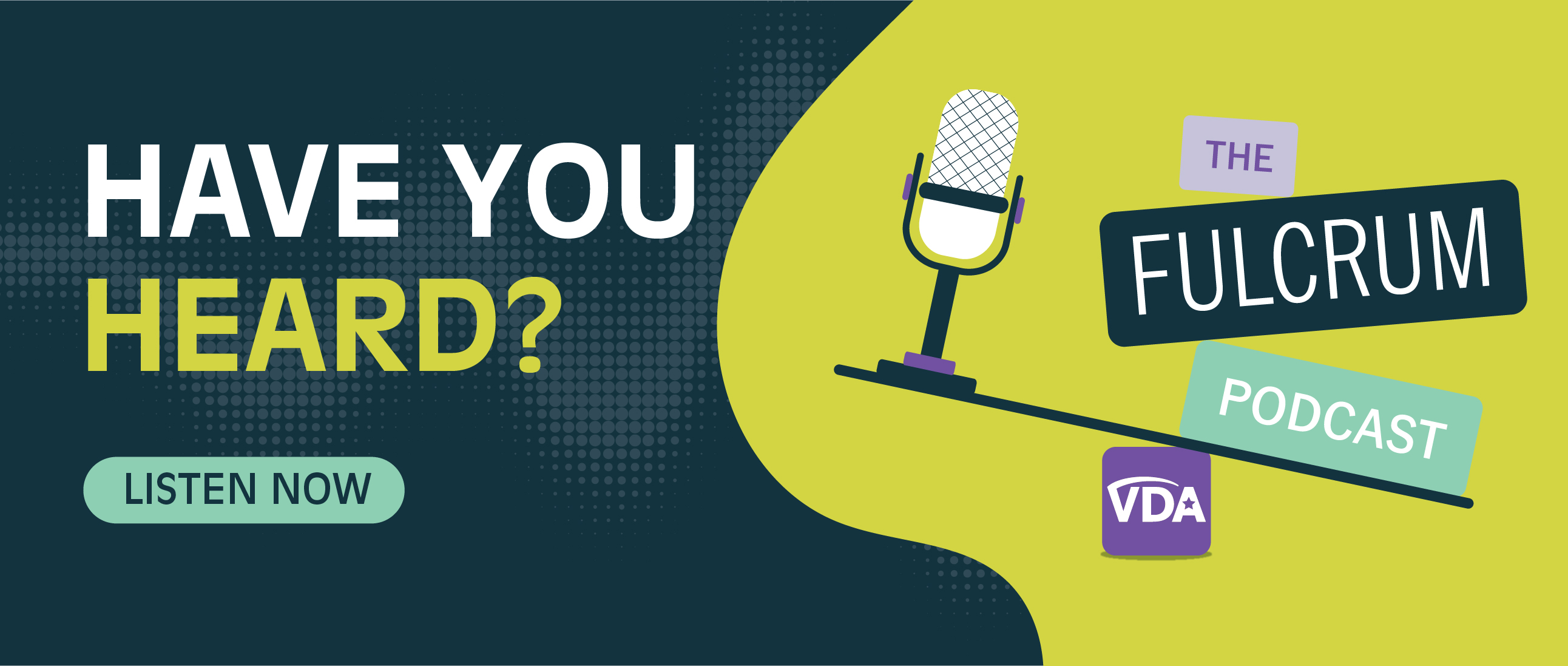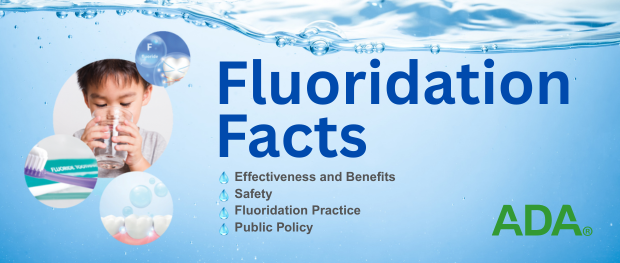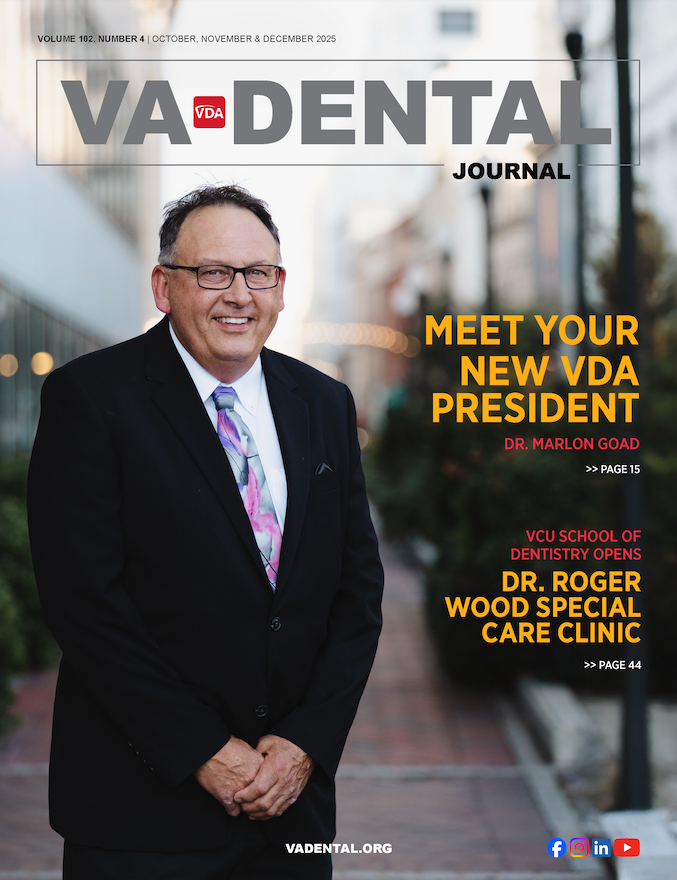ADA answers top questions about the Provider Relief Fund
The Provider Relief Fund was established by the Coronavirus Aid, Relief and Economic Security Act — known as the CARES Act — which directed $175 billion in relief funds to hospitals and other health care providers, particularly those impacted by COVID-19. The portal allows dental providers to apply for payments made for health care-related expenses or lost revenue attributable to the pandemic.
Here are the top provider relief questions from dentists as compiled by ADA staff. (Note: Answers are edited for space but can be found in full on the ADA website.)
Question: When is the deadline for dentists to apply for provider relief funding?
Answer: The deadline to apply is Aug. 3 through the HHS Enhanced Provider Relief Fund Payment Portal.
Q: Do I have to accept Medicare, Medicaid or certain insurance networks and their fees if I accept this HHS relief payment?
A: No. According to HHS, there is no correlation between accepting payments from HHS and being forced to accept or enroll into Medicare, Medicaid or insurance.
Q: What expenses or lost revenues are considered eligible for reimbursement from the Provider Relief Fund?
A: The term “health care related expenses attributable to coronavirus” is a broad term that may cover a range of items and services purchased to prevent, prepare for, and respond to coronavirus, including: supplies and equipment to provide services for possible or actual COVID-19 patients, workforce training, developing and staffing emergency operation centers, and acquiring additional resources. HHS notes that “lost revenue” due to the virus could include employee or contractor payroll, employee health insurance, rent or mortgage payments, equipment lease payments, and electronic health record licensing fees.
Q: I’ve seen one of the terms was on balance billing, also called surprise billing. Does this apply to my dental practice?
A: The ADA worked with HHS to set the record straight, and they’ve now clarified that:
• Dental providers “who are not caring for patients with presumptive or actual cases of COVID-19 are not subject to balance billing prohibitions.” Presumptive is defined as a case where a patient's medical record documentation supports a diagnosis of COVID-19,” HHS said. Most dentists would likely not be seeing patients with COVID-19 so would not be subject to balance billing.
• Qualifying for payment from the Provider Relief Fund refers to earlier this year when HHS broadly viewed every patient as a possible case of COVID-19. Balance billing prohibitions apply only to treating current active COVID-19 patients with a medical record that supports a diagnosis of COVID-19, HHS said.
Q: What are the reporting requirements going to be?
A: HHS released a notice stating:
• Detailed instructions regarding future reports will be released by Aug. 17 and will apply to payments exceeding $10,000 in the aggregate from the Provider Relief Fund.
• The reporting system will become available to recipients for reporting on Oct. 1. The reports will allow providers to demonstrate compliance with the terms and conditions, including use of funds for allowable purposes.
• Recipients of Provider Relief Fund payments do not need to submit a separate quarterly report to HHS or the Pandemic Response Accountability Committee.
• There are plans by HHS to provide recipients with Q&A sessions via webinar in advance of the submission deadline.
Q: I received a small payment from HHS months ago related to Medicare, why can’t I apply now?
A: According to HHS, if a health care provider was eligible for the first phase of the general distribution payment, even if they rejected the payment, they are not eligible for a Medicaid, Children’s Health Insurance Program or Dental Providers Distribution payment. The department says that providers who are not eligible for this distribution may be eligible for future allocations. The ADA has advocated for this eligibility restriction to be lifted and will remain engaged on the issue.
Q: Can a provider choose to have its payment data omitted from the Provider Relief Fund public list on the Centers for Disease Control and Prevention website?
A: No. To ensure transparency, HHS said it will publish the names of payment recipients and the amounts accepted and attested to by the payment recipient.
Q: Are 1099/employee dentists eligible for Provider Relief Funding?
A: Applicants must have a Taxpayer Identification Number as the first step in the validation process, and if applying as an individual, they must have gross receipts or sales from providing patient care reported on Form 1040.
Q: Do Small Business Administration loans such as the Economic Injury Disaster Loan or Paycheck Protection Program factor into Provider Relief Funds?
A: No. There is no direct ban under the CARES Act on accepting a payment from the Provider Relief Fund and other sources, so long as the payment from the Provider Relief Fund is used only for permissible purposes and the recipient complies with the terms and conditions.
Q: I made a mistake on my application and received a smaller amount than I should have, where can I appeal or dispute?
A: No, there is no ability to appeal or dispute your payment. The ADA and HHS urge applicants to review their applications thoroughly before submitting.
Q: Where can I find help completing the application?
A: The phone number for the HHS Provider Support Line is 866-569-3522 and the hours of operation are 7 a.m. to 10 p.m. CT, Monday – Friday.
There are also a number of HHS resources online, including the PRF Payment Portal User Guide, HHS instructions for filling out the application, HHS webinar recordings and two FAQs: General Information about the PRF FAQ and the Medicaid, CHIP and Dental Providers Distribution FAQ.
To watch a recording of the ADA's July 28 webinar on the Provider Relief Fund, small business loans, labor issues and Congressional action on COVID-19, visit ADA CE Online.

